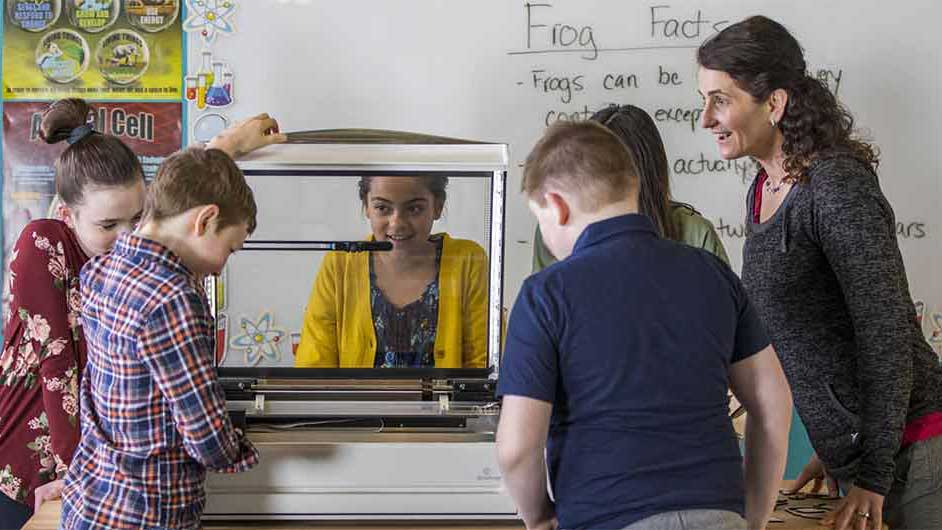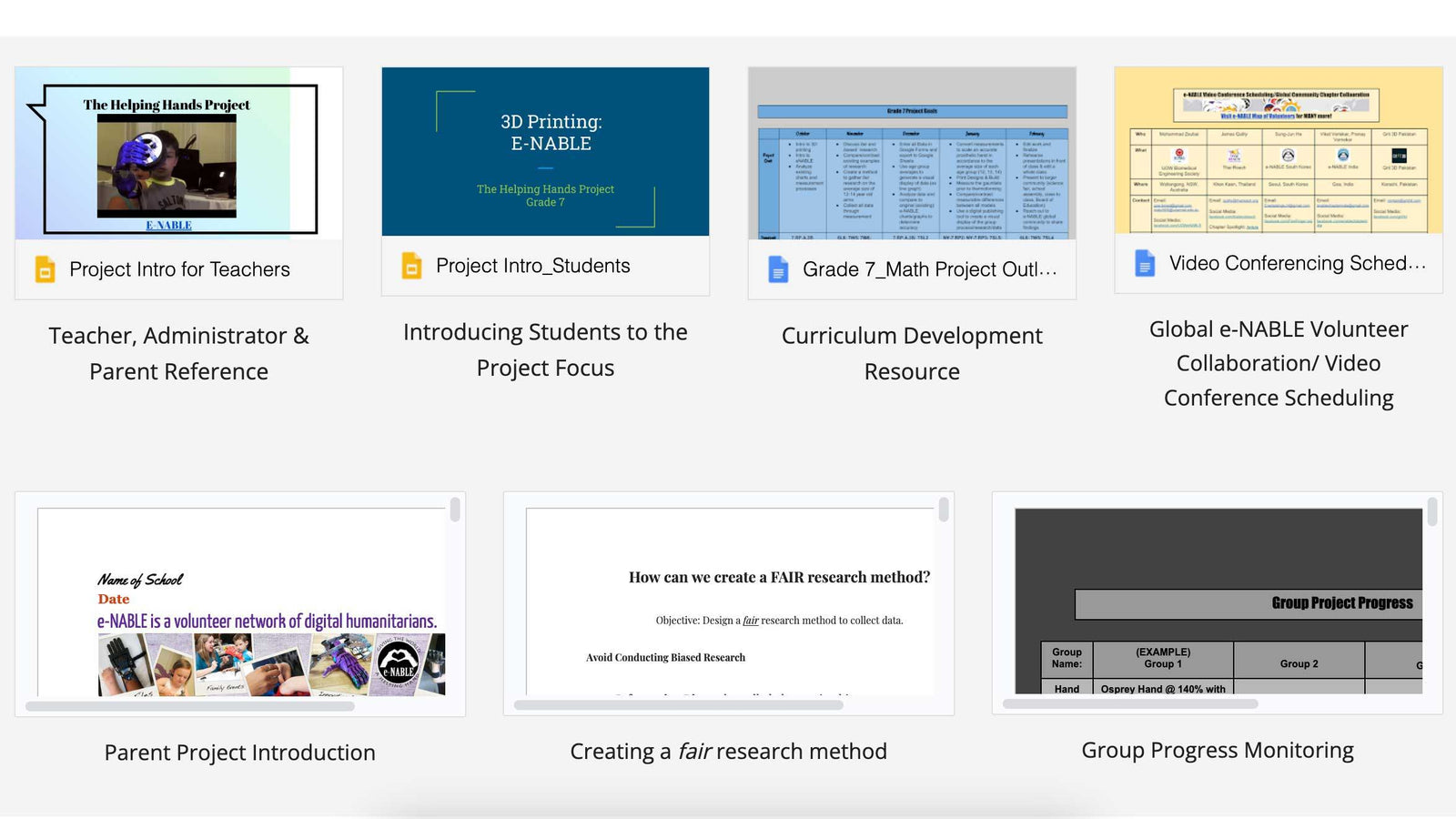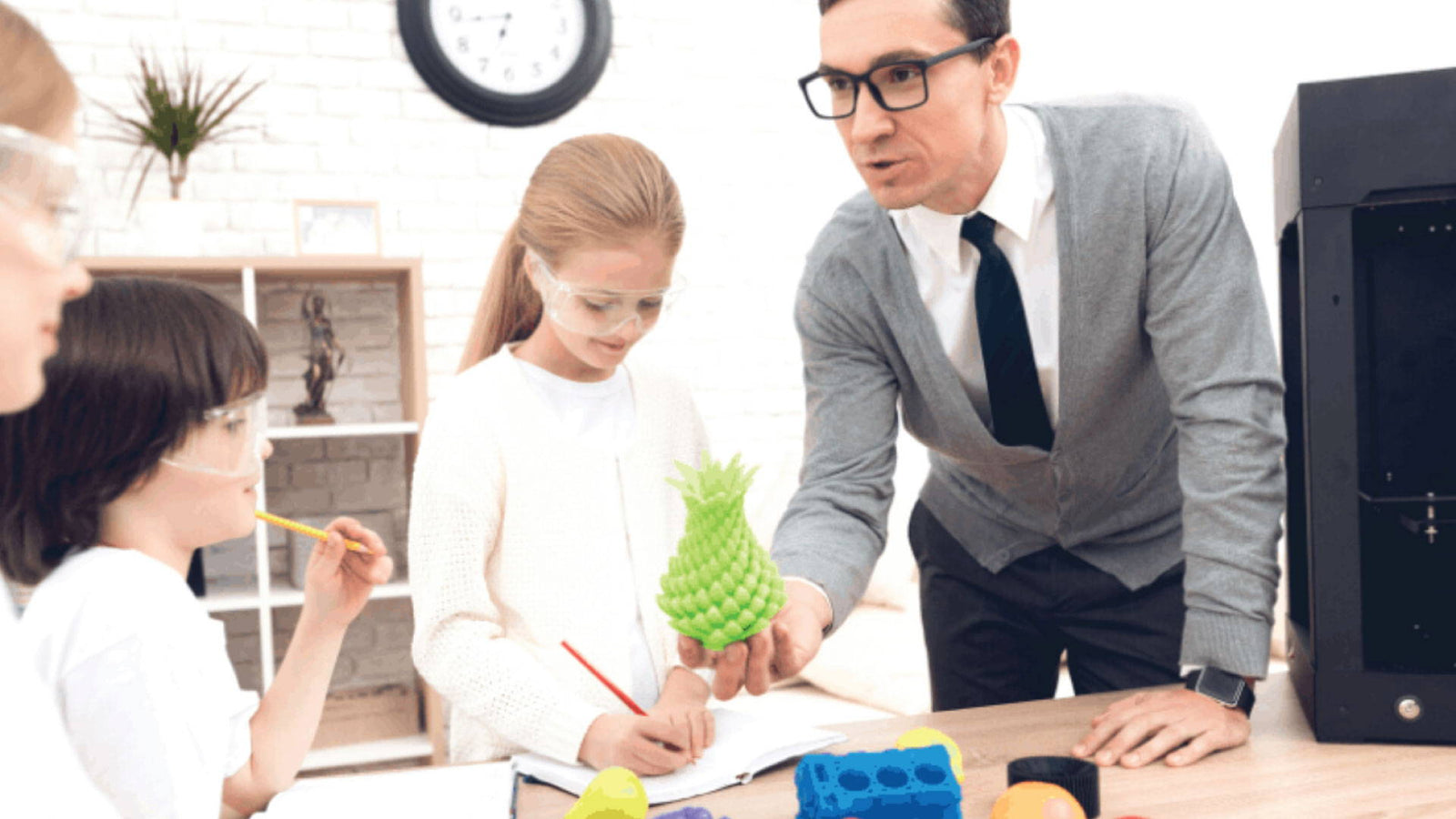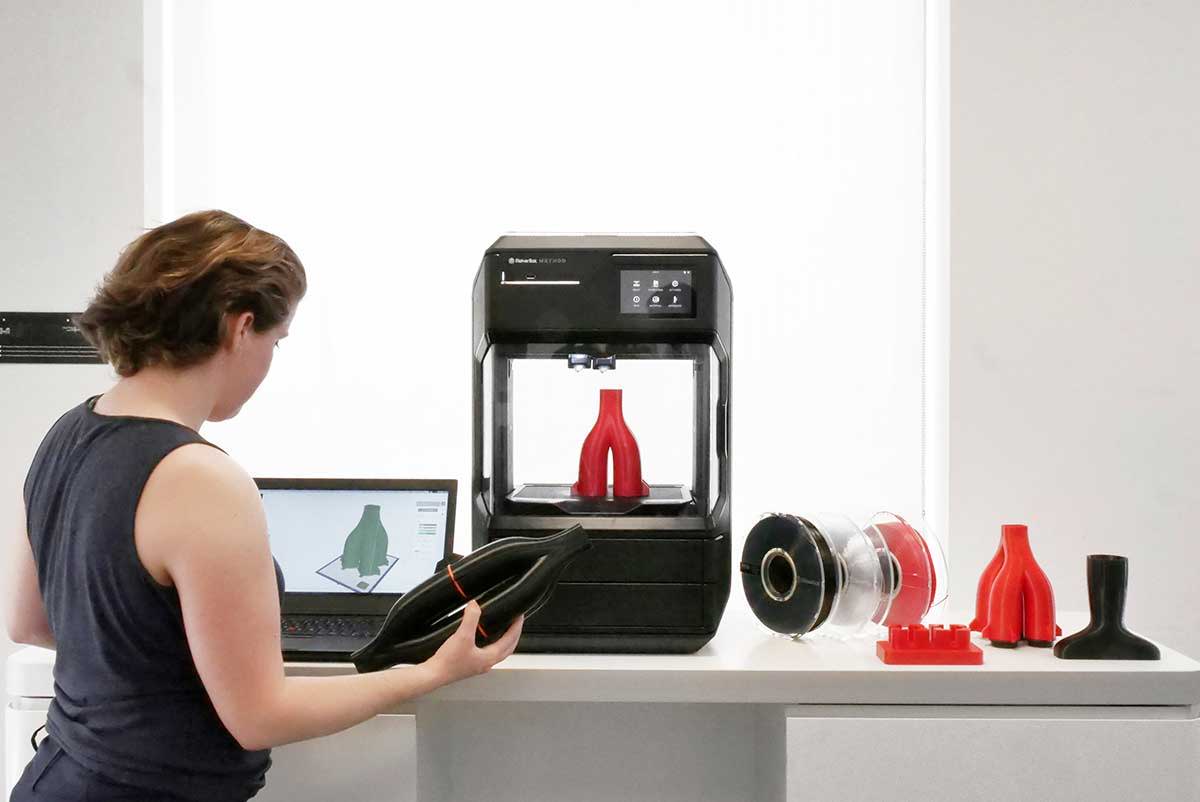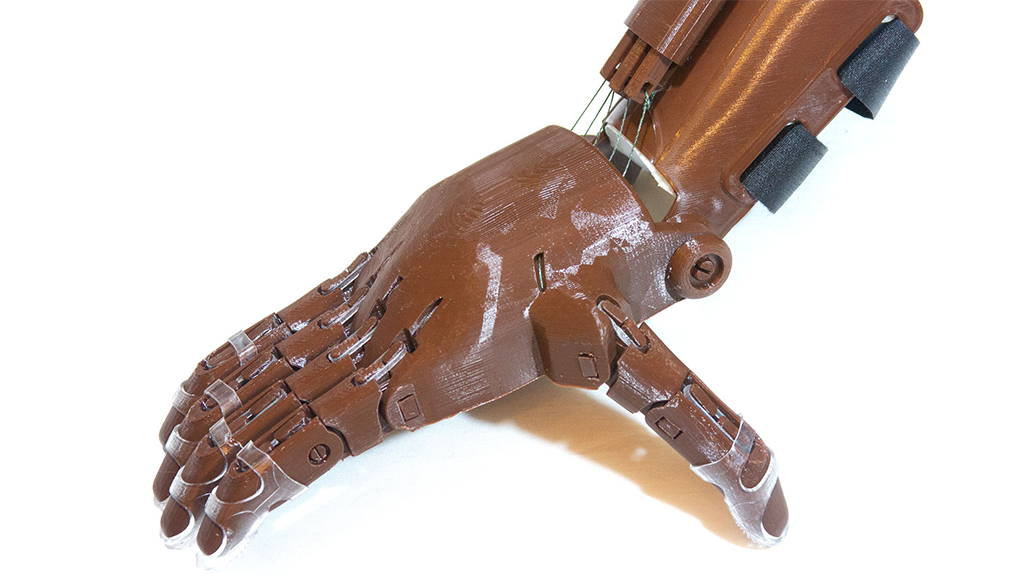3D Printing in Every Classroom: Part II
June 08, 2023

Why we need to get 3D printing into every classroom.
Let's talk about why we should bring 3D printing into every classroom and why it must be a fundamental part of the education of the future, starting today. We can talk about these questions through a mechanism known to any teacher who has ever written a curriculum. We'll consider some possible aims, goals, and objectives of 3D printing in the classroom.
In 3D printing in every classroom Part I, we looked at two paths to bringing 3D printing into schools. In our American culture, we will most likely take the second approach, what I call, 'Bottoms Up.' We will generate enough excitement on a national level to stimulate local areas to plan for and fund 3D printing in their schools.
That means for 3D printing in every classroom to become a reality, school districts must think about how this transformative technology can most effectively and comprehensively become part of the project of local education.
For an investment in 3D printing to be effective, planning must include not only amazing projects but a clear idea about why those projects are an essential part of an education in our modern world. What are our district-wide aims, goals and measureable objectives?
Here are some ideas as we begin to lay out worthwhile aims and goals of a program to bring 3D printing into classrooms.
AIMS
In a provocative book published in the 70s, Growing Up Suburban, Edward A. Wynne argues that the 'total environment of the suburban youth-the school, the community, the family, and the workplace-is in need of drastic reform.' Specifically, he makes the case that young people in suburban homes are isolated from real-world responsibilities, challenges and problem-solving. This isolation contributes to alienation and anti-social behaviors.
During my own teacher education, this book had a tremendous impact on me. I believe that 3D printing, as a transformative and disruptive technology, is the right catalyst for generating the profound changes that need to happen in our communities. It can and does provide young people with ways to participate meaningfully in real life challenges and problem-solving.
A recent presentation by Avi Reichental of 3D Systems contributes another dimension to shaping an 'aim' for 3D printing in education.
In a world where we will have a 'ubiquitous 3D lifestyle that will permeate every aspect of our lives,' we aim:
- To prepare students to live in and participate effectively and meaningfully in a world transformed by 3D printing.
GOALS
A White House blog post sets a good framework to begin a discussion of goals:
-Although the new technology that is fueling the maker movement gets a lot of attention, more important are the values, dispositions, and skills that making fosters, such as creativity, imagination, problem-solving, perseverance, self-efficacy, teamwork, and 'hard fun.'
-As Steve Jobs observed, describing the impact that having access to a Heathkit (a do-it-yourself electronics kit) had on him, "Things became much more clear that they were the results of human creation, not these magical things that just appeared in one's environment that one had no knowledge of their interiors. It gave a tremendous level of self-confidence that through exploration and learning one could understand seemingly very complex things in one's environment."
In an earlier post in this blog Jeremy Simon showed the power for a young person of having an idea and within hours holding it in his or her hand: "He had an idea, sketched it out, and then we brought that idea into physical form - from his head to the real world in just a few hours."
Following are goals that suggest themselves from the White House post and the powerful experience of one child that Jeremy described.
Some goals of bringing 3D printing into our classrooms might be:
- To foster the values, dispositions, and skills of creativity, imagination, problem-solving, perseverance, self-efficacy, teamwork and fun.
- To inspire the self-confidence that comes from exploration and understanding seemingly complex things in one's environment.
- To enable the deep understanding and problem-solving ability that results from seeing abstract ideas actualized within an age-appropriately meaningful time frame.
OBJECTIVES
Finally, here are a few measurable objectives, helped by a post from Stratasys. Students will:
- Develop familiarity with essential tools they will require to build the future.
- Be exposed to the same cutting-edge technologies they will encounter in their careers.
- Have opportunities to participate and become accustomed to a different mode of thinking, designing and making.
- Develop real-world problem-solving skills.
WHAT DO YOU THINK?
We'd like to hear your thoughts about this aim and these goals and objectives.
For example, can you list specific tools students will need to build the future? Specific technologies? The specifics of how thinking, designing and making differ from the way we think, design and make now? What real-world problem-solving skills are required as we enter a 3D printing era? Post your thoughts below.
Follow us on Twitter (@3dprintingisfun) and like us on Facebook. Subscribe to this blog, or visit us at shop3duniverse.com.
Coming up: 3D Printing in Every Classroom, Part III.
